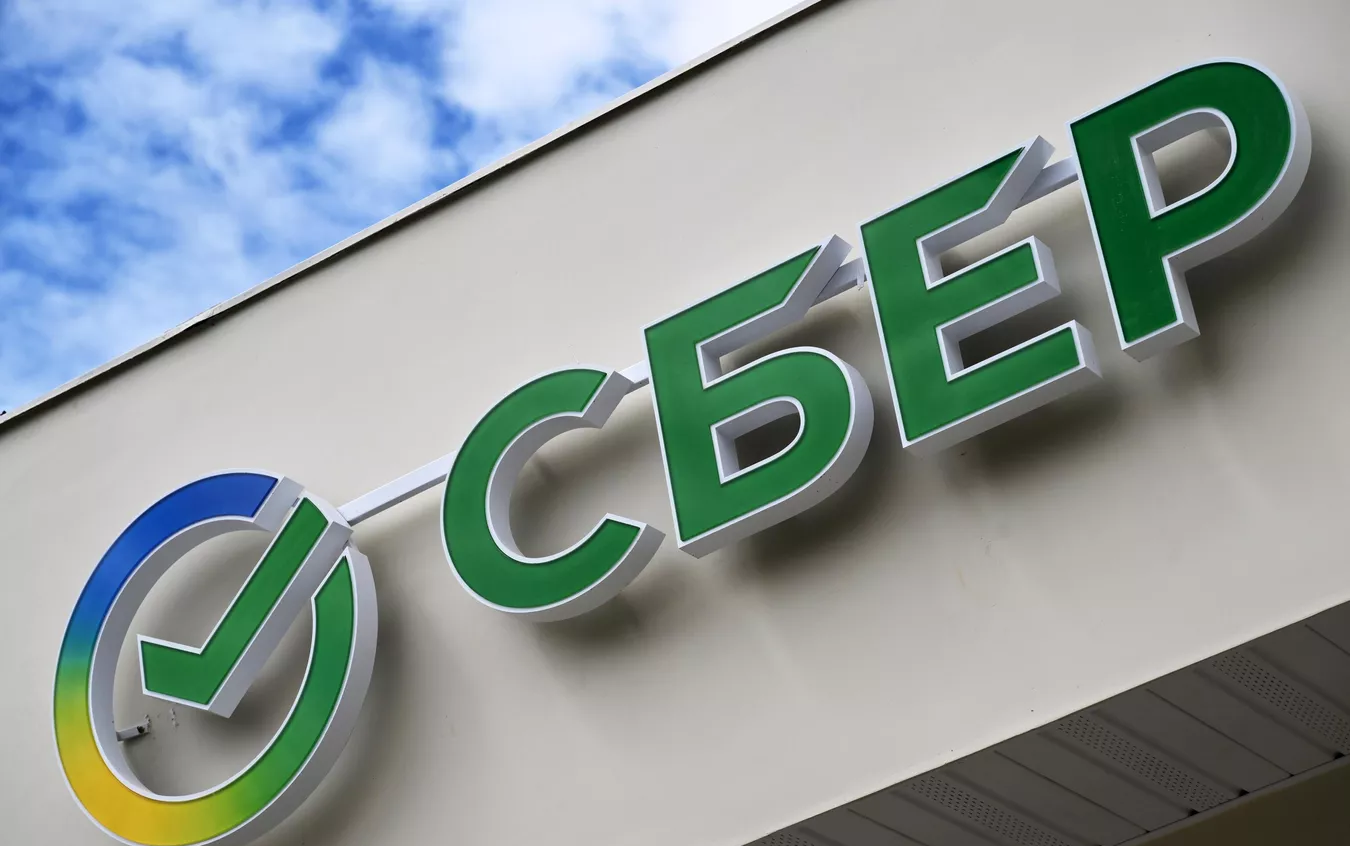Back channels are under attack: EU sanctions branches of Alfa-Bank, VTB, Sber, Payeer and stablecoin
23 October 20:18
The European Union has agreed on another package of restrictions that significantly increases Russia’s financial isolation. In particular, it includes an extension of the ban on the use of financial messaging systems, "Komersant Ukrainian" reports, citing information published in the EU’s Official Journal.
Starting November 25, the restrictions apply to the Payeer payment service.
Separately, the EU is introducing a ban on transactions through Russian payment instruments starting January 25, 2026 : the Mir card system of the National Payment Card System and the Rapid Payment System (RPS).
The Russian stablecoin A7A5 was also added to the sanctions list.
Foreign branches of Russian banks have also been sanctioned. Restrictions on the branches of Alfa-Bank, VTB and Sber in Belarus, as well as on VTB’s branch in Kazakhstan, will come into effect on December 2.
The list also mentions VTB’s branch in Shanghai and Belarus’ BelVEB and Belgazprombank.
An additional block covers foreign banks in Central Asia:
- kyrgyz Tolubai and Eurasian Savings Bank;
- tajikistan’s Dushanbe City Bank, Spitamen and Commerzbank of Tajikistan.
The sanctions will start on November 12.
Banking circuit: what does the blocking of foreign branches of the Russian Federation mean?
The financial focus of the package is directed against the “bypass” payment channels through which Russian companies and intermediaries transferred payments to circumvent previous sanctions. The extension of restrictions to branches of major Russian banks in Belarus, Kazakhstan, and China (Shanghai), as well as to a number of Kyrgyz and Tajik institutions, complicates access to correspondent accounts, currency clearing operations, and payments in dollars and euros. For businesses, this means increased compliance risks for all payments that go directly or indirectly through these organizations, as well as greater attention to chains of intermediaries and “transit banks.”
Starting November 25, Payeer, a popular P2P tool and cross-border transfer platform that was often used in schemes where traditional payment channels were already under pressure from sanctions, will be subject to restrictions. Blocking Payeer reduces the “gray” capacity of the transfer market, increases the cost of cashing and intermediary services, and reduces opportunities for small cross-border payments that disguise commercial payments.
Read also: EU continues sanctions pressure on Russia: new, 19th package of restrictions adopted
Mir and SBP payment systems: what will be the effect of sanctions from January 25, 2026
The ban on transactions through Mir and SBP closes two key “home” rails for Russian issuers for international transactions that were used by partner banks outside the Russian Federation.
Once the ban comes into effect, any integration of European counterparties with these systems will be impossible, which will narrow the channels for Russians’ travel expenses in third countries, quasi-export schemes, and payment bridges between Russian and non-Russian banks.
An additional signal is the inclusion of the A7A5 stablecoin in the sanctions field: this hits attempts to mirror ruble payments in the crypto circuit and convert them into fiat on European markets.
Watch us on YouTube: important topics – without censorship
What the new EU sanctions against Russia mean for Ukrainian business and the market
For Ukrainian exporters and financial institutions, the new package of sanctions reduces the competitive advantages of Russian goods and services in European markets and makes it more difficult for Russia to access international payments. At the same time, the requirements for sanctions compliance in cross-border supply chains are being tightened: Ukrainian companies should update their counterparty due diligence, include sanctions clauses in their contracts, refuse to use banks and payment services that have been subject to restrictions, and minimize the risk of secondary sanctions by engaging intermediaries from Belarus, Central Asia, or China.
The new EU sanctions package knocks out several pillars of the Russian economy at once: financial “bypass” channels through foreign branches and payment services, the infrastructure of the domestic payment systems Mir and SBP on international routes, and the prospects for selling Russian LNG in Europe.
The ban on transactions with key corporations in the defense and commodity sectors complements this picture, reducing opportunities for Russian export earnings and maintenance of its fleet and industrial assets.
Read us on Telegram: important topics – without censorship









